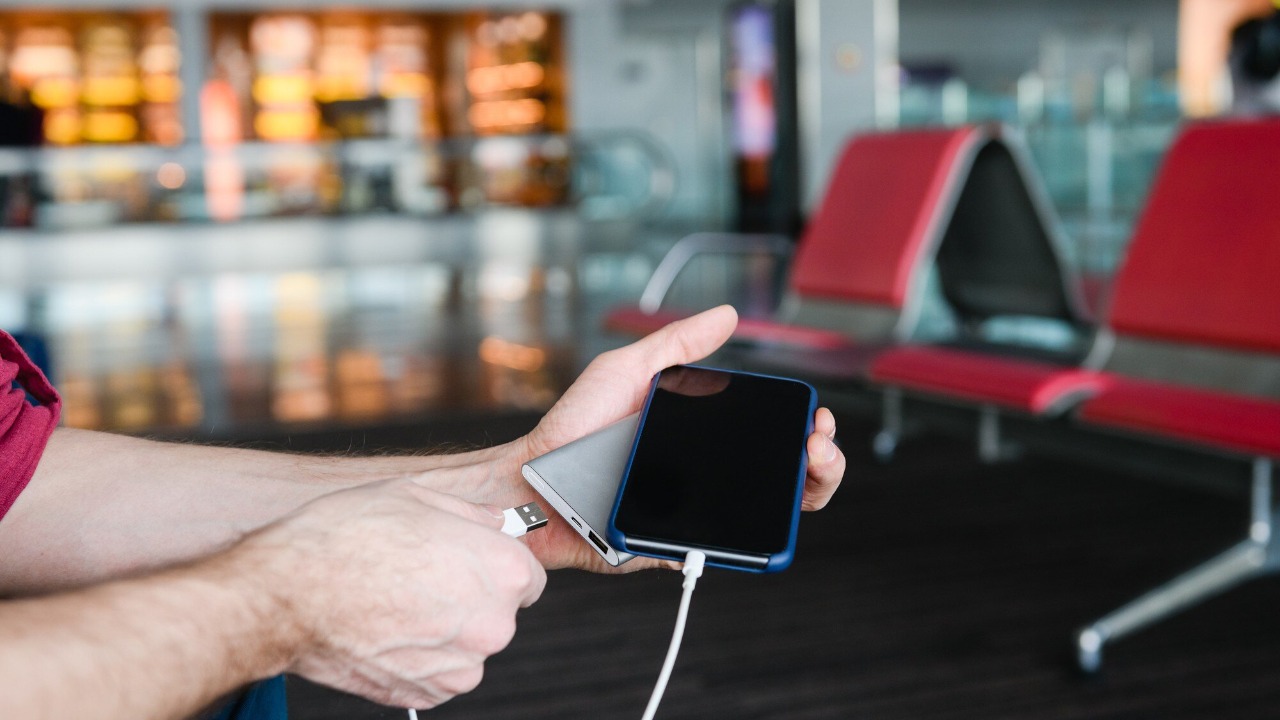
Portable battery packs are a lifeline in our increasingly digital world, offering power on the go. However, the number of charges you can get from a battery pack depends on several factors, including the power demands of the device you’re charging and the health of the battery itself. For example, a typical 10,000mAh pack might fully charge a smartphone several times, but it could be drained after just one or two uses when powering a laptop. To accurately estimate the number of charges you can get from a battery pack, it’s crucial to understand the concept of depth of discharge (DOD), which refers to how much a battery is used before it’s recharged.
Understanding Battery Pack Capacity
When it comes to battery packs, the milliamp-hour (mAh) rating is a key indicator of capacity. This unit of measurement represents the amount of energy a battery can store. For instance, a 5,000mAh battery pack has less stored energy potential than a 20,000mAh pack. However, mAh ratings alone don’t provide the full picture. Voltage also plays a crucial role, with most lithium-ion packs operating at around 3.7V. To make accurate cross-device comparisons, it’s better to consider total watt-hours (Wh), which can be calculated by multiplying the mAh rating by the voltage and dividing by 1,000. Real-world testing, as highlighted in a Popular Mechanics article, often reveals discrepancies between advertised specs and actual outputs.
What Is Depth of Discharge (DOD)?
Depth of Discharge (DOD) is defined as the percentage of a battery’s total capacity that has been used before recharging. For example, if a battery is discharged to 50% of its capacity before being recharged, the DOD is 50%. Shallow discharges, such as 20-50% DOD, can help preserve long-term battery health. Conversely, fully draining a battery (100% DOD) can accelerate degradation. Limiting DOD to around 80% can significantly extend a battery’s cycle life. The EnergySage guide provides a detailed explanation of DOD and its role in solar and portable storage applications.
Factors Influencing Charge Cycles
The number of charges you can get from a battery pack is also influenced by the power draw of the device being charged. For example, a 5W e-reader will use energy at a much slower rate than a 100W tablet. Efficiency losses due to heat, cable quality, and conversion (e.g., from USB-A to USB-C) can also reduce the effective output of a battery pack by 10-20%. Environmental factors, such as temperature, can also affect discharge rates, as noted in the Popular Mechanics article.
Calculating Charges for Everyday Devices
To estimate the number of charges you can get for a device, divide the battery pack’s Wh by the device’s Wh consumption, adjusting for a typical efficiency of 85%. For example, a 10,000mAh pack at 3.7V yields about 37Wh, which is enough for 3-4 smartphone charges but only one laptop top-up. The Popular Mechanics article provides verified examples with specific gadgets like earbuds or cameras.
Impact of DOD on Long-Term Performance
Repeated deep discharges can shorten a battery’s overall lifespan. For instance, batteries are typically rated for 300-500 cycles at 100% DOD, but this can increase to over 1,000 cycles at 50% DOD. Manufacturers often recommend optimal DOD limits to balance usability and durability in portable packs. The EnergySage guide provides more information on how DOD affects cycle life in energy storage contexts.
Practical Tips for Maximizing Battery Pack Utility
There are several strategies you can use to maximize the utility of your battery pack. For instance, matching the pack size to the device’s needs and avoiding full drains can maintain higher DOD efficiency over time. High-quality cables and apps for monitoring charge levels can also help minimize waste. The Popular Mechanics article offers additional advice on real-user scenarios and pack selection.
More from MorningOverview